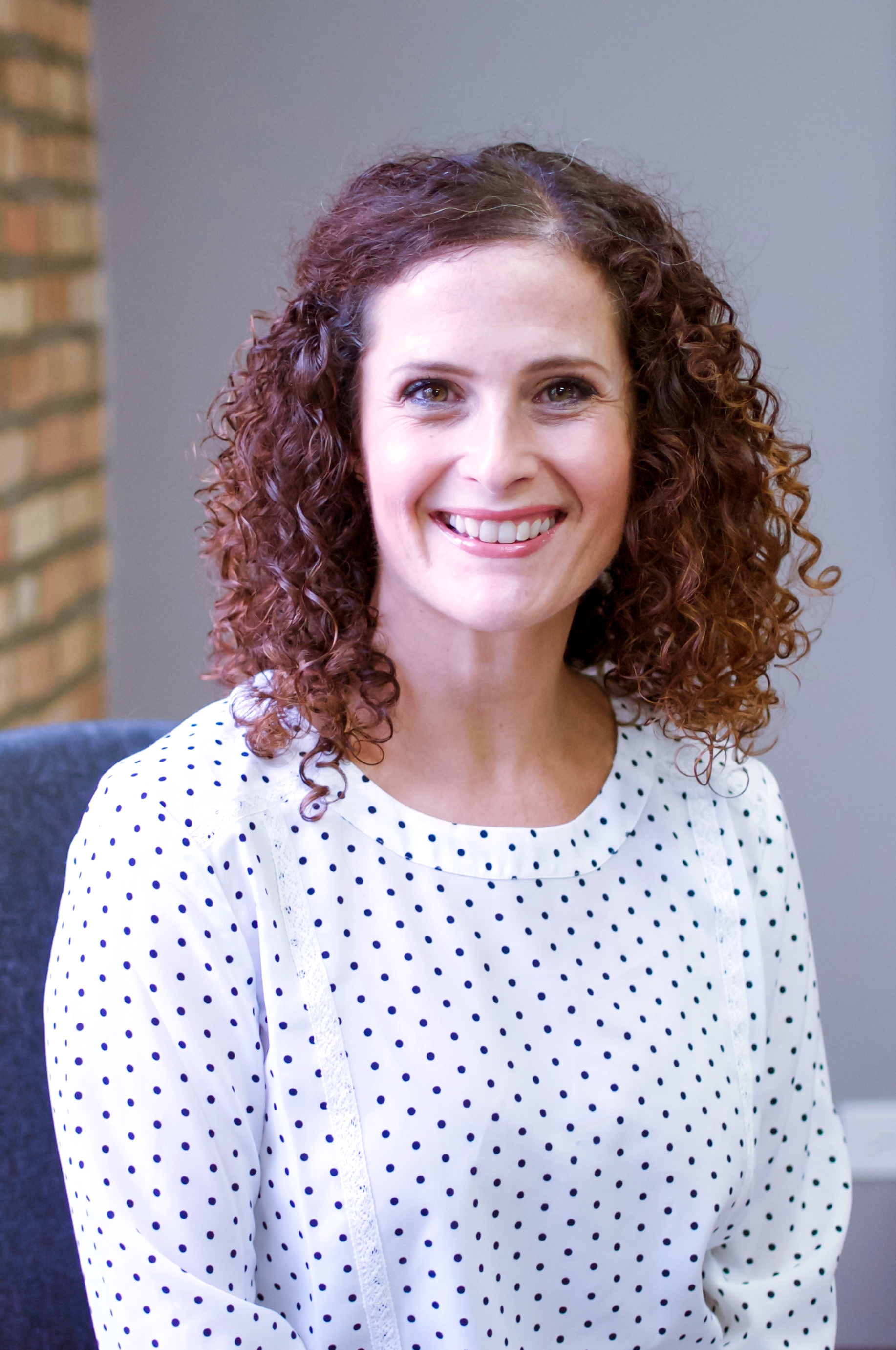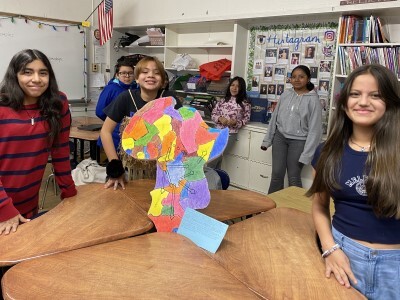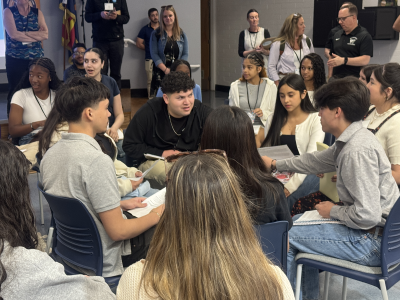3 Ways to Support New Teachers Joining Your Team This Year
Topics

Educators are the lead learners in schools. If they are to enable powerful, authentic, deep learning among their students, they need to live that kind of learning and professional culture themselves. When everyone is part of that experiential through-line, that’s when next generation learning thrives.
Three ways to ensure new teachers feel they belong, they are prepared, and they are excited, even with the COVID-19 pandemic changing our back-to-school traditions.
As school districts across the country continue to grapple with what the 2020-21 school year looks like, one universal truth remains—new teachers will be joining the workforce and will need significant and sustained onboarding to acclimate to the unique and ever-evolving circumstances. In many districts, teachers will be entering a remote space in which they lack the face-to-face interactions that new staff rely on and need to acclimate to their new work environment. This reality requires that administrators rethink teacher orientation and onboarding and create a plan that emphasizes relationships and connections.
Distinctive Schools (DS) has been planning for our New Teacher Institute (NTI) since March. As the first phase of the onboarding experience, NTI has always been grounded in establishing relationships and laying the foundation for a positive teaching and learning environment. The importance of NTI is only magnified during the pandemic. Our schools will begin the year fully remote, which means that the onboarding process will be fully remote as well. We identified key characteristics to ensure we welcome our new teachers in a way that makes them feel they belong and that they are a contributing member of the DS family, are prepared to welcome students and families, and are eagerly anticipating the year ahead.
Start Early
As soon as we realized the impact of transitioning to at-home learning on our current staff, we realized that we would need to approach NTI differently. While our first formal communication to new hires typically comes the week before they start, we decided that a remote environment required more time for connection. We wanted our teachers to know that we were aware they may be feeling anxious, that, despite the circumstances, we were excited to welcome them to DS, and that we were planning for the year ahead with our teachers’ safety and well-being in mind. School leaders came together to discuss the importance of creating an environment that creates a sense of belonging and joy. We brainstormed ways that we could connect with new teachers virtually and ways to address the impact of establishing these connections earlier than anticipated on instructional coaches and mentor teachers who are typically the primary point of contact for new teachers. In a virtual environment, we realized, every leader can provide support through friendly emails, optional “office hours,” and informal check-ins. School leaders as well as coaches and mentor teachers provided these lines of communication early on, creating the connections new teachers need.
Balance Content and Care
NTI is typically very academically-focused. While we begin the week with social-emotional learning (SEL) and embed SEL throughout the week, we spend significant time introducing teachers to core curriculum, lesson planning, and data. Because this is often the teachers’ first exposure to these topics, they often feel overwhelmed by the amount of new learning that takes place in such a short period of time. This feeling can be amplified in a remote space. We acknowledged this reality and adjusted our NTI structure to reflect a balance of introducing content and fostering an environment of care.
While network leaders typically facilitate NTI, this year we have asked each school’s instructional leadership team to partner in the process. Morning sessions focus on “brand.” New teachers from each of our schools convene for network-led sessions that provide a broad understanding of who we are as an organization and is grounded in our mission and values. The essential question that drives the learning is, “What makes us Distinctive?” Topics include SEL, Literacy, Math, Diverse Learners, and MTSS. We intentionally begin each day with a community builder and create ongoing opportunities for “brain breaks,” self-care, and peer connection, and conclude the morning with an opportunity for reflection and celebration. The afternoon sessions are “branch.” During this time, teachers meet in their campus teams. “Branch” provides context for what network initiatives and expectations look like at the campus level and includes lengthier opportunities to establish relationships and develop an environment of belonging and joy. School leaders devote significant time each afternoon to leading team-building activities, creating opportunities for laughter and connection, and providing time for teachers to further process and discuss what they learned in the morning. We have also started to use various platforms to connect, including GroupMe and Flipgrid. These platforms are easily accessible, encourage teachers to connect outside the scheduled Zoom meetings, and allow teachers to get to know who we are on a more personal level.
Slow and Steady
A virtual NTI also means that we need to narrow our focus. Just as with our students, we need to go deeper into the topic and allow more time for reflection. We also need to ensure we give teachers time to navigate and acclimate to new technology. As a result, we have significantly reduced the content we introduce to teachers during NTI. In planning NTI, we each asked ourselves, “What is my one thing?” to prioritize our individual agendas. We reviewed all of the topics we typically introduce to find the starting point: what new teachers absolutely need to know in order to have a successful start to the school year. This does not mean that teachers aren’t introduced to the additional topics; rather, it means that we need to design a more intentional and ongoing teacher onboarding that extends beyond the first week. Identifying priorities and scaling back content provides a richer learning experience. We can scaffold the learning and provide teachers with what they need, when they need it, instead of throwing everything at them at once and hoping that something sticks.
Welcoming our new teachers to the DS family is an amazing time of year that is full of anticipation and nervous excitement. We plan with intention and purpose and never lose sight of the importance that relationships play in developing an environment that fosters a sense of belonging and joy. At the end of Day 1, we asked new teachers to answer the essential question, “What makes us Distinctive?” One participant reflected, “I broke this down into 3 C's—Culture, Collaboration, Caring. All of these forces working together creates the best environment for both students and teachers.” His response perfectly sums up the DS approach to onboarding.
Image at top courtesy of Distinctive Schools




